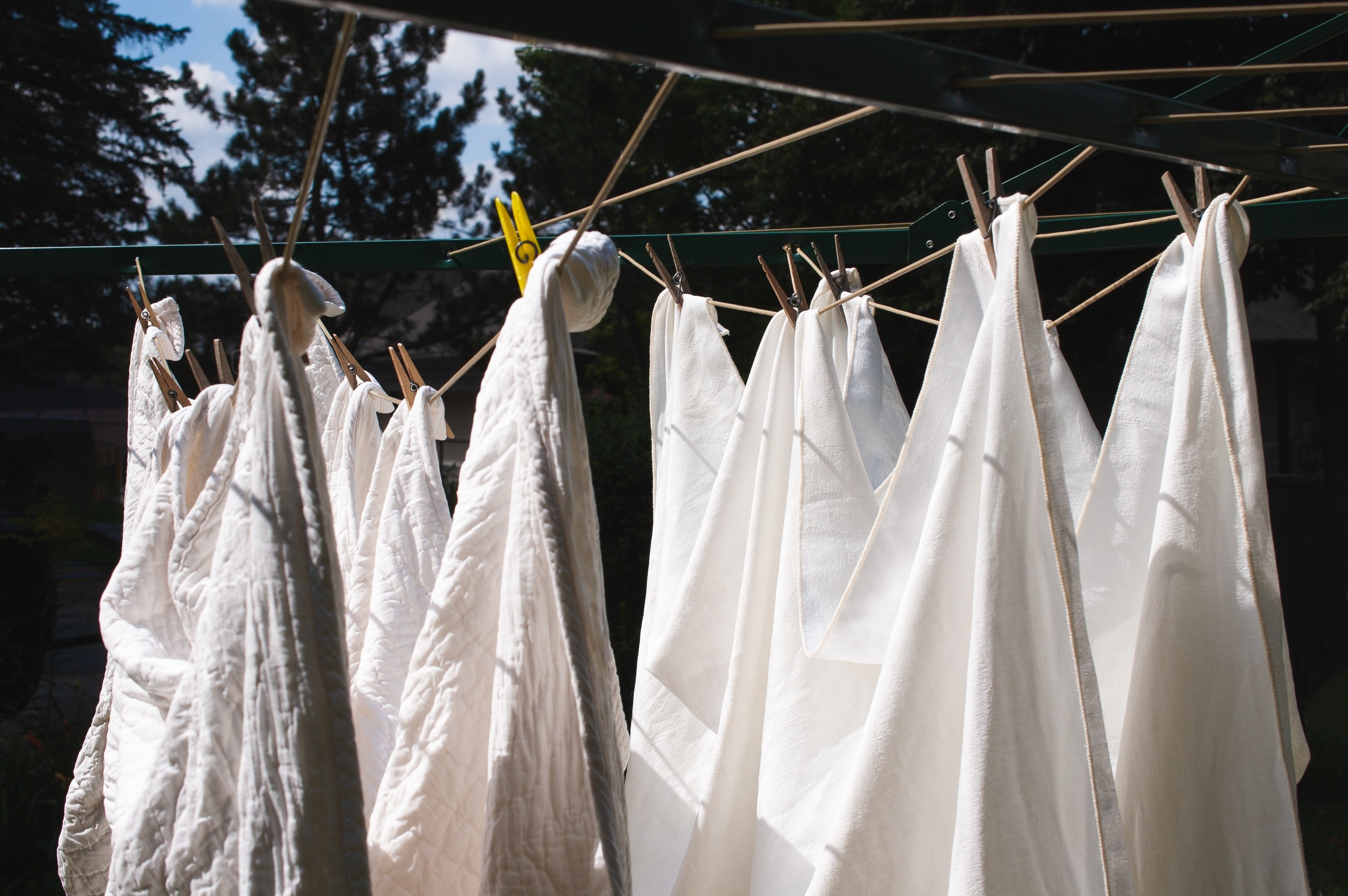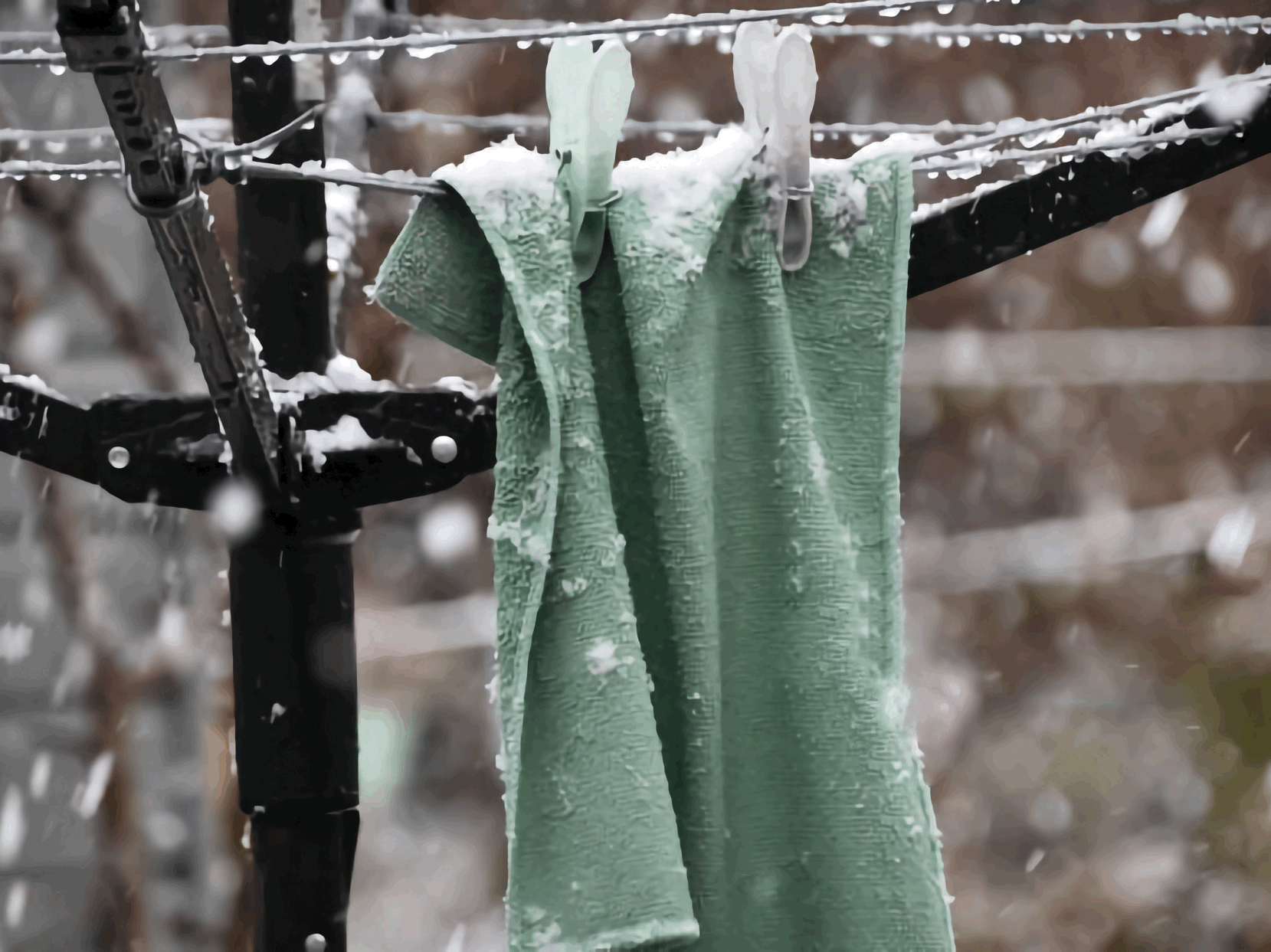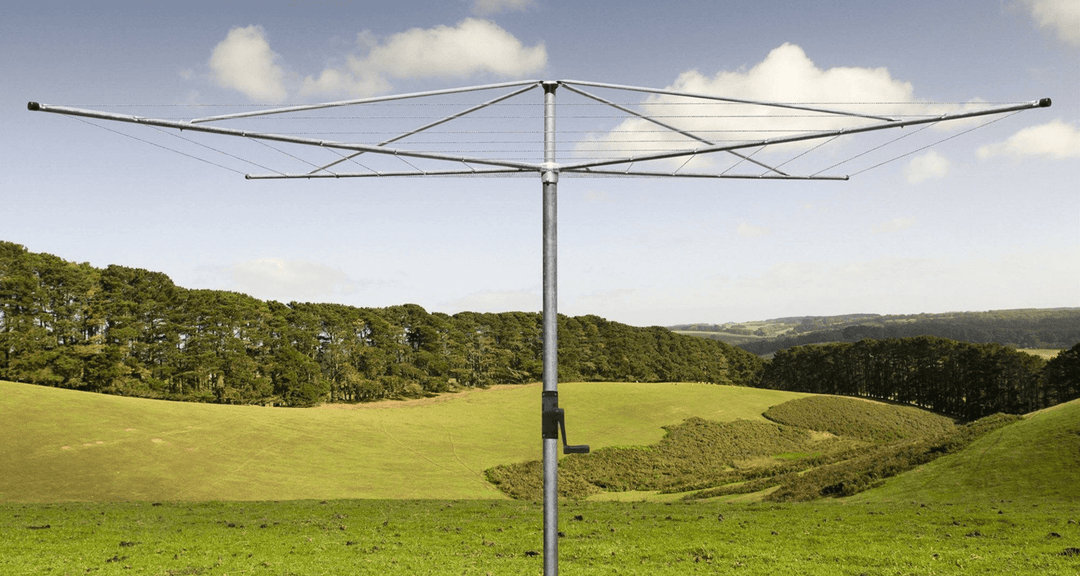How to Hang Bed Sheets on a Washing Line
Washing bed sheets is an essential part of maintaining a clean and hygienic bedroom.
It's also a great way to combat the root cause of acne and other skin conditions that you may have on top of the overall positive implications on your health.
On that note, it's just as important to know how to hang bed sheets on washing line to avoid creases, wrinkles, and damage to the fabric--all while being environmentally friendly.
Keep reading to learn more about hanging your bedsheets the proper way, we promise, this article is going to really help you out!
Introduction
Contrary to what most people think, drying bedsheets indoors is not as easy as drying clothes using drying racks, not everyone has enough indoor space to air dry such large items.
Properly hanging your bed sheets can also help them dry faster compared to the tumble dryer, saving you time, money and effort.
In this article, we will guide you through the steps involved in hanging bed sheets on a drying line and explain why it's important to do so the right way.
It doesn't matter if you are a seasoned laundry pro or a novice in the laundry room, we will help you achieve perfectly hung bed sheets every time. Let's get started!

Preparation for Hanging Bed Sheets on a Washing Line
Not everyone is familiar with using a clothes line, most people opt for a tumble dryer which is not at all as environmentally friendly as the line drying process.
So before you start to dry bed sheets on a drying line, there are a few important things you need to take into account to ensure that the process goes smoothly:
Choosing the Right Washing Line
It's important to consider the size and weight of your bed sheets, a line that is too thin may not be able to support the mass of your sheets, causing them to sag or fall off.
One that is too thick may leave creases or marks on the fabric, we recommend using a sturdy clothes drying line that is at least 5mm thick.
A 5mm thick drying line will provide enough support to dry bed sheets without while being wrinkle free--even during windy days.
A typical clothes drying rack or large rotary clothesline is best but if you have neither of those, a long drying line secured over your lawn or yard will work just as well.
If the weather is too gloomy outside and you want to dry bed sheets indoors, a capacious portable clothes drying rack or clothes horse is a great route to take.
The Sunchaser Mobile is a portable unit that makes it easy to dry big articles indoors without fuss, it can fit in a living room, balcony, or garage during bad weather or windy days.
Choosing the Right Type of Clothes Pegs to Secure Your Bed Sheets
The type of clothes pegs you use can make a big difference in the quality of your hung bed sheets, remember, a wet fitted sheet or flat sheet is not as light as wet clothes.
Cheap plastic pegs are not recommended as they can easily break or leave marks on the fabric if it's too wet and heavy or if there's a sudden, strong gust of wind.
Higher quality or premium plastic clothes pegs such as the Hills Soft Grip Pegs can solve this issue easily.
For tougher jobs, we recommend wooden or metal pegs that are strong enough to hold the weight of the sheets without causing any damage.
Have a look at the Keep Peg 316 Stainless Steel Clothes Pegs if you want the ultimate pegs that will last forever and handle any job, hassle-free.
Make sure to select pegs that are large enough and have adequate clamping force to secure the fabric without leaving unwanted marks.
Preparing the Bed Sheets for Hanging
Before hang drying your bed sheets, these few easy steps are best done for best results.
Try to shake and smoothen the wrinkles and creases out as much as possible to remove any wrinkles or creases.
We strongly suggest folding them over (lengthwise) to make them easier to hang.
This greatly reduces the risk of them blowing off the line, doing so also reduces the forces exerted on your pegs preserving their lifespan.
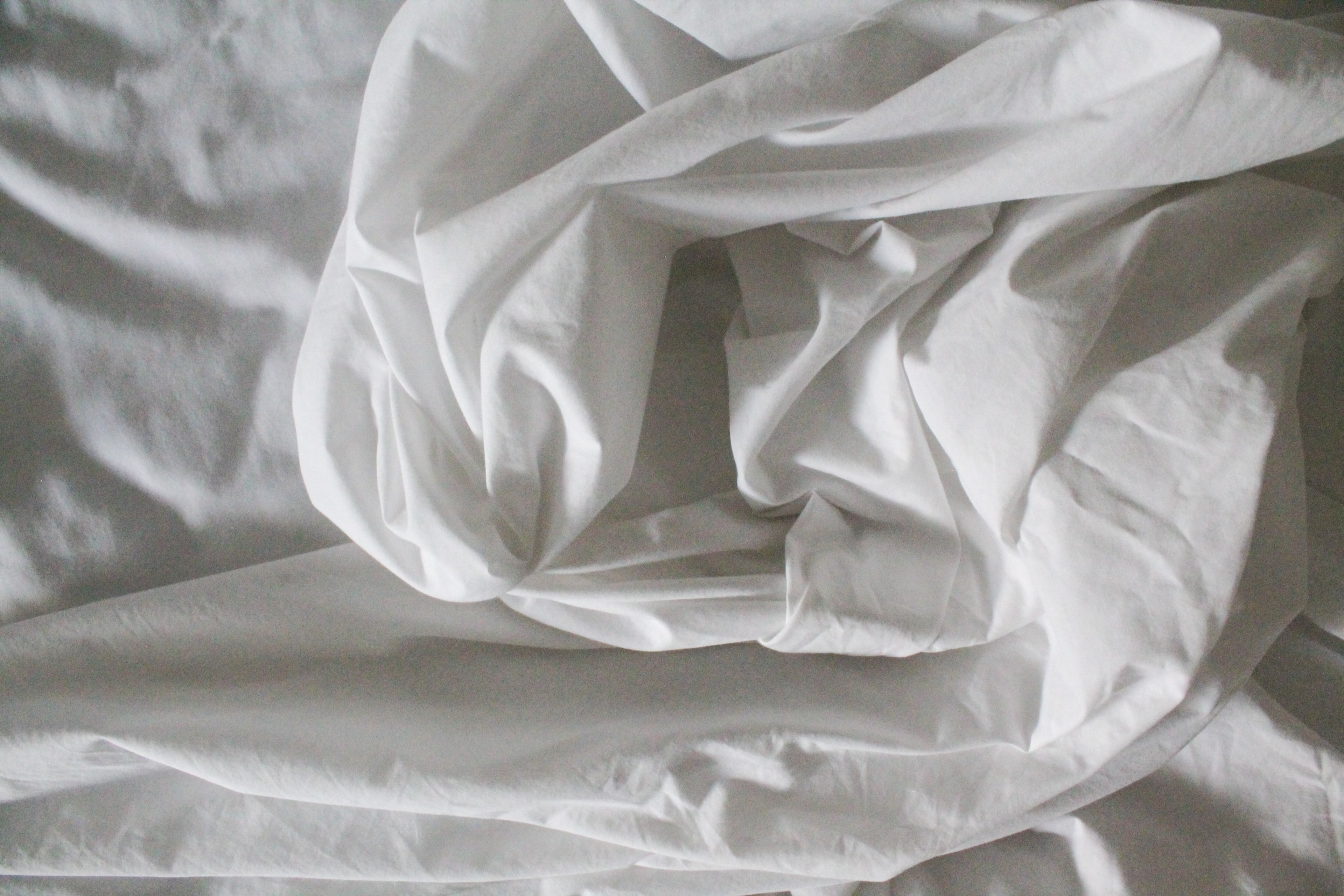
If your sheets have any stubborn creases, you may want to consider ironing them before hanging them out to dry or you might want to try using a garment steamer to blast them away.
It's easier to remove wrinkles and creases at the time of hanging instead of waiting for it to dry and then proceeding to iron using an ironing board which can be a hassle for such a large item.
Step-by-Step Guide on How to Line Dry Bed Sheets
Now that you've prepared your drying line, clothes pegs, and bed sheets, it's time to start hanging them out to dry.
Follow these very easy steps to ensure that your bed sheets dry smoothly, without any wrinkles or creases:
-
Shake out the bed sheets.
-
Secure one end of the sheet to the drying line.
-
Smooth out the sheet and attach the remaining corners to the drying line.
-
Use additional pegs to secure any loose spots.
-
Repeat the process for additional sheets.
Keep reading below for the detailed overview of each step.
Step 1: Shake Out the Bed Sheets.
Before you hang your bed sheets on the drying line, give them a good shake to remove any excess water and loosen any wrinkles or creases.
This will make it easier to smooth out the sheets and hang them without any creases, not to mention, significantly saves time since the sheets can dry quickly.
Step 2: Secure One End of the Sheet.
Start by fixing one end of the sheet to the drying line using a clothes peg.
Make sure to attach the peg to the seam or hem .of the sheet as this will help prevent the peg from leaving any marks or causing damage to the fabric in a windy day.
An easier approach is to spread the sheets over the drying line and to secure them using pegs, the sheets will support their own mass in this method. Try draping the sheet over two lines so they dry quickly.

Step 3: Smooth it Out.
Smooth out the sheet as much as possible and attach the remaining corners to the clothes line.
To do this, lift the sheet and drape it over the drying line, making sure that it is smooth and straight.
Once that's done, you can proceed to hang the other corners of the sheet to the line using clothes pegs so it can dry quicker.
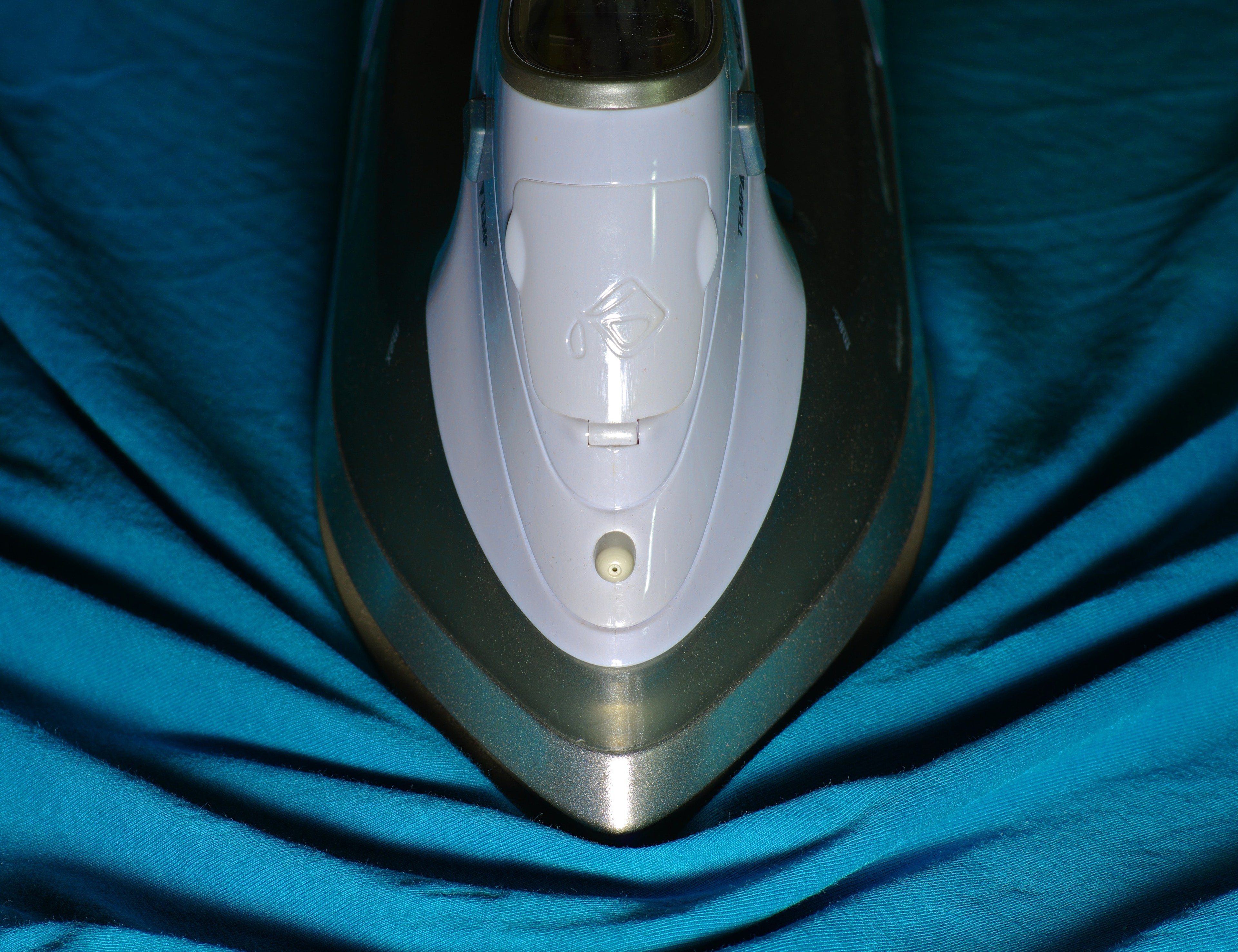
Step 4: Use Extra Pegs.
Once you've fully secured the corners of the sheet to the drying line, check for any loose spots and use additional pegs to secure them.
You may have to use more pegs along the edges of the sheet to keep it taut and prevent it from sagging or blowing off the line.
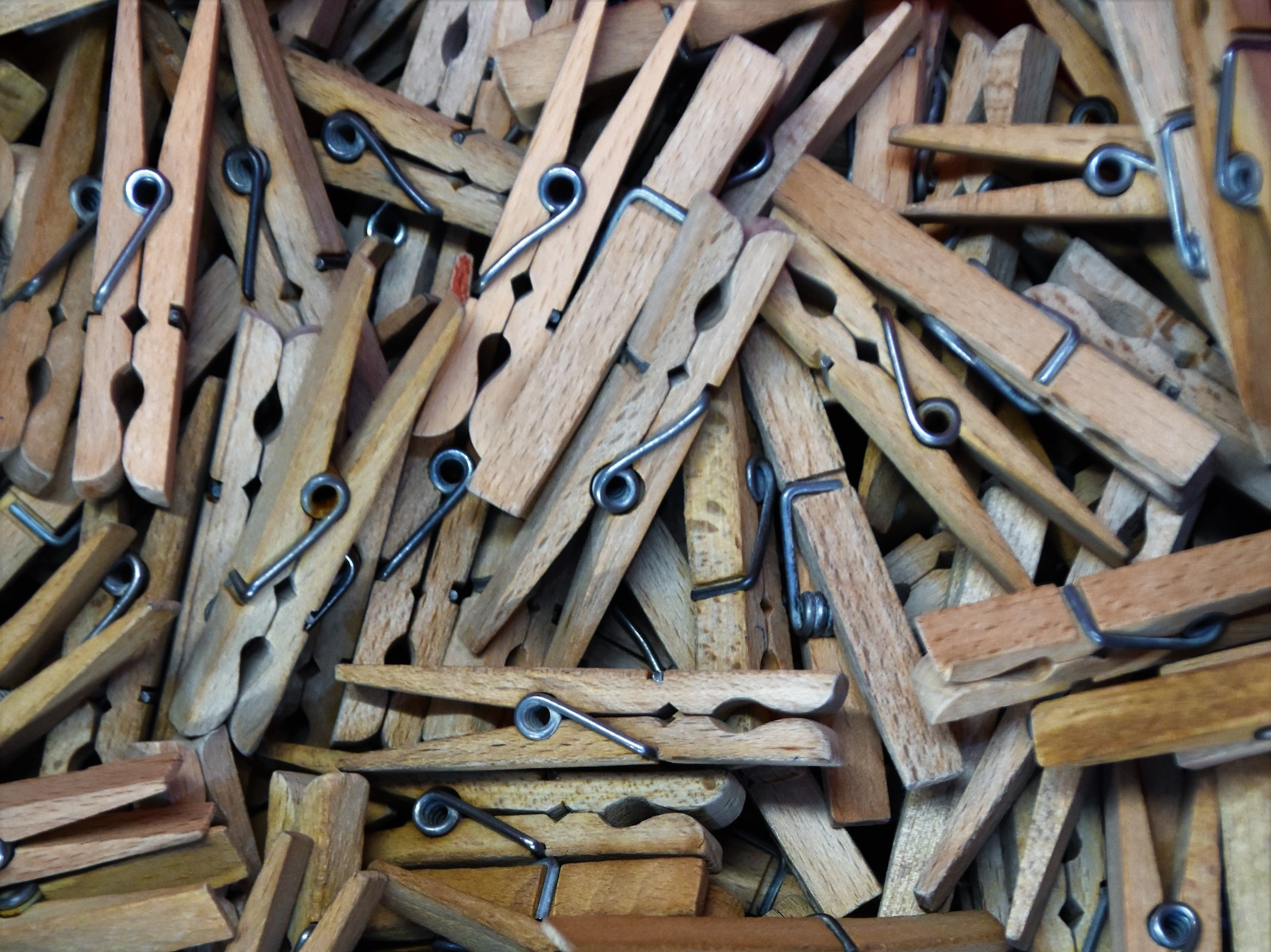
Step 5: Repeat.
Repeat this process for any additional fitted sheets or flat sheets, don't forget to leave enough space between to facilitate airflow.
To dry bed sheets of of different sizes, it's best to hang the larger ones first and then the smaller ones to prevent them from getting tangled or blowing around in the wind.
If you correctly follow the steps above for line drying bed sheet, you should be able to finish the task quickly and easily.
The steps we have provided above guarantees fresh smell and a fast drying process without any wrinkles or creases.
Tips and Tricks
Line drying bed sheets or using a drying rack can be a great way to have soft, dry sheets naturally.
The thing is, it's important to take some precautions to avoid stretching the fabric or leaving peg marks on the sheets.
The tips and tricks below are just what the clothes line experts recommend to help you hang your bed sheets while avoiding unwanted results and allowing them to dry quicker:
How to Avoid Stretching Bed Sheets
To avoid stretching bed sheets while hanging them on a drying line, make sure to distribute the weight of the sheet evenly across the line by using more pegs or draping them over the line.
Even smaller sheets can benefit from the 'draping over' technique because the mass is more evenly distributed.
Don't hang the sheet by just one corner or edge, as this can cause it to stretch and lose its shape making it harder to fold the dry sheets in preparation for storage or organising.
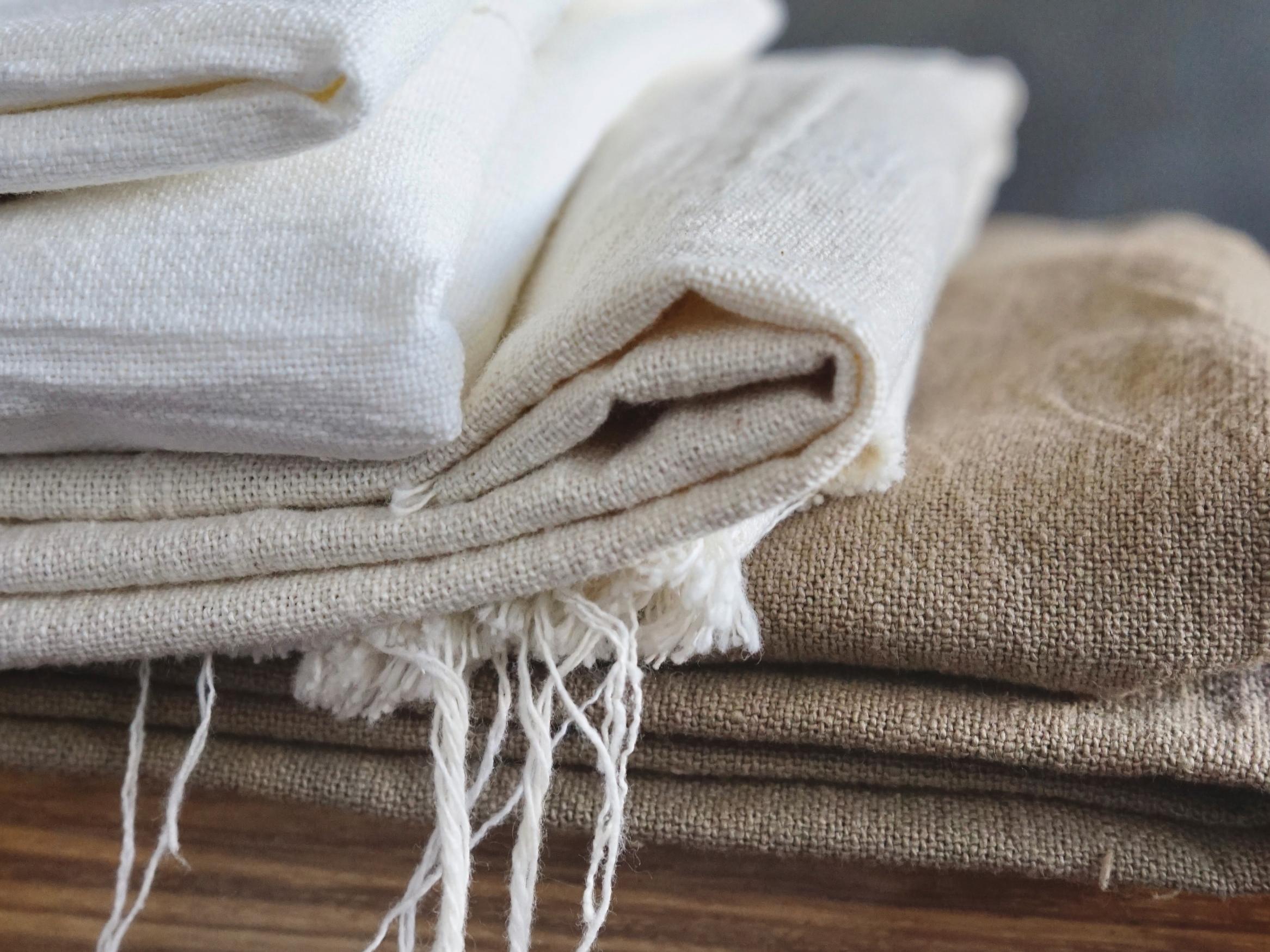
How to Prevent Peg Marks on the Fabric
To prevent peg marks on your bed sheets, choose clothes pegs that have a soft grip or choose those that are coated with rubber or silicone.
You can also avoid using too much pegs or leaving them on the sheet for too long which can result in marks or indentations when drying bedsheets.
It is best to remove the pegs as soon as the sheet is dry, smooth out any creases or wrinkles by hand or using a high-powered garment steamer.

Best Practices for Drying Bed Sheets on a Drying Line
When line drying bed sheets, it is best not to overcrowd the line or hang the sheets too close together, as this can prevent air from circulating and cause them to take longer to dry.
If you have a clothes airer with multiple lines, hanging smaller sheets between bigger ones is a good idea and can have a significant impact on the drying time.
It's also a good idea to hang the sheets in a spot that gets plenty of sunlight and breeze, as this will help them dry faster, usually in just a few hours.

Since you are not using an accelerated means of drying sheets, we recommend ditching fabric conditioner for white vinegar when using a full wash cycle.
It's completely natural, eco friendly and fights bad smells even during bad weather, they work great even with smaller loads too like towels, shirts, socks, etc.
Following the few things we've shared above will guarantee that your bed sheets are completely dry and wrinkle free--guaranteeing clean sheets with a fresh smell every time.
Tips and Tricks: Best Practices for Other Laundry Items
When hanging other items, such as shirts, socks, and other wet laundry there are several best practices you can follow to ensure that they dry properly and maintain their shape.
Always hang shirts by their shoulders to prevent any stretching or distortion, this is especially important if you have shirts made from delicate or lightweight fabrics like silk or rayon.
Avoid overcrowding your drying line mostly when drying clothes indoors to allow air to circulate around each item and help them dry more quickly.
If hanging clothes in abundance, consider using multiple lines or drying racks, hang socks using sockhangers instead of fiddling with clothes pegs to make the process quicker.

If you need to dry clothes indoors, hang them near a window or in a well-ventilated room to help speed up the drying process.
You can also hang clothes on hangers and place them on a shower rail or wardrobe to dry or use a dehumidifier in a sealed room to manage the humidity quickly and properly.
To prevent hung clothes from developing a musty smell, make sure they are completely dry before putting them away for storage.
You can also add a dryer sheet or a dry towel to your laundry basket to help absorb any excess moisture, we suggest using vinegar over fabric conditioner.
Fabric conditioners can actually wreak havoc on your skin and your washing machine--eventually requiring deep cleaning service.
Vinegar won't leave your clothes smelling bad, it even deodorises and keeps it soft.
The writer of this article can attest to that, clothes smell fresh and neutral, pristine white and the colours are brighter since ditching fabric conditioner a few years ago.
Always set it your washer or dryer to a low setting for delicate or lightweight items, use a more intense program if you want to dry clothes quicker--only for more durable fabrics.
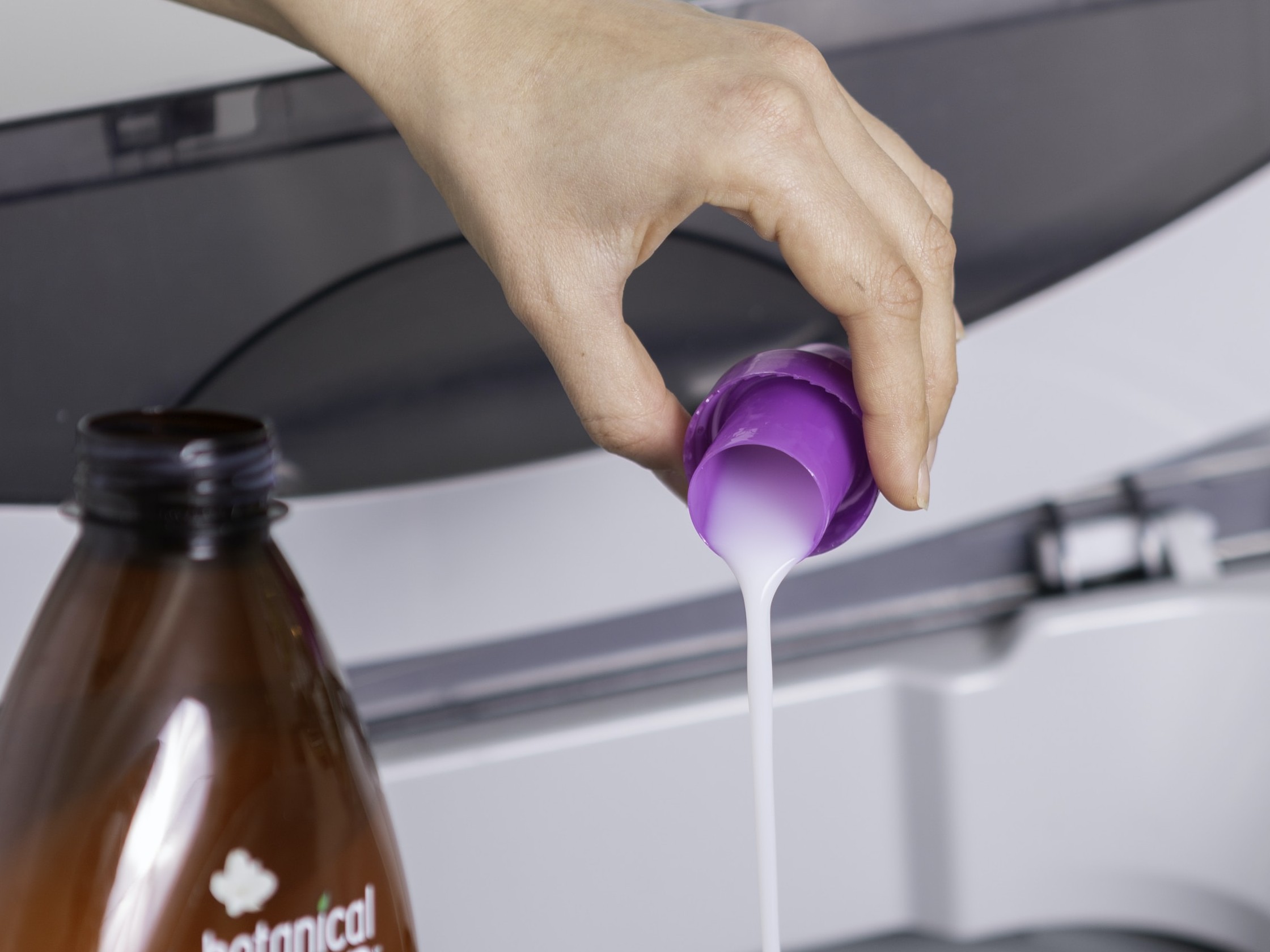
This should help prevent any damage to the fabric and ensure that your clothes dry properly.
The last thing is, always remember to pull clothes gently when hanging them on the line or removing them from the washing machine.
This prevents any over stretching or tearing and ensure that your clothes last longer by keeping the seams/stitches intact.
Conclusion
It's essential to hang bed sheets properly on a drying line to ensure they dry completely while maintaining their shape...
...all while avoiding any damage on the fabric as much as possible.
By following the steps outlined in this article, we can guarantee the best results when drying your bed sheets outside--even indoors.
Remember to shake out your sheets before hanging them, use plenty of clothespins to keep them in place, and position them strategically so they catch the breeze!

And please, don't forget to bring your sheets inside before the evening dew settles to avoid any moisture buildup which can cause unwanted odours from developing overnight.
With these tips, you'll be able to enjoy freshly laundered sheets that are crisp, clean, and comfortable every single time!
 Fold Down
Fold Down

 Rotary Hoist
Rotary Hoist
 Retractable
Retractable
 Portable
Portable
 Ceiling Airer
Ceiling Airer
 Covers
Covers








